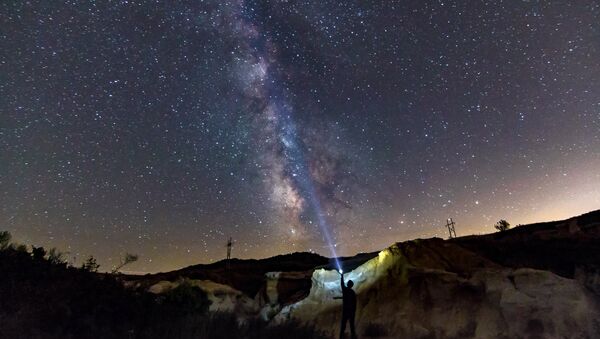The scientists of the Harvard-Smithsonian Center for Astrophysics estimated the Milky Way's circular rotation speed at the solar radius using two methods. One of them led to an estimate of 220 kilometers per second, another one had a result of 240 kilometers per second.
The first way is based on measuring the maximum speed of neutral hydrogen emission as a function of galactic longitude. The second one uses a technique of very-long-baseline interferometry, which allows better observations of an object made simultaneously by many radio telescopes, and data of the BeSSeL (Bar and Spiral Structure Legacy Survey) and the VERA (VLBI Exploration of Radio Astrometry) observations.
The researchers tend to prefer the second method as it gives the more accurate estimate of the rotation speed of the galactic disk with a radius that equals the distance from the center of the Milky Way to the Sun.



